Dear Music Lover:
This is the next to the last episode in my “How to Tour America Through Her Music” podcast, and I’m on a roll! We have a rendezvous with destiny planned for the last show, at the famous Woodstock Music Festival of 1969.
If you want to start the tour from the beginning, just tap the magic button below:
For now, Detroit City and Motown’s music are a must-stop on our musical tour of the United States. Smokey Robinson and the Miracles, the Temptations, the Four Tops, the Marvelettes, the Spinners, Stevie Wonder, Diana Ross and the Supremes, Michael Jackson, and so many more are all part of Motown’s musical legacy.
Author Wesley Morris said in the book “The 1619 Project: A New Origin Story” that Motown’s many musical artists were disintegrating America’s:
“political investment in a myth of racial separateness, the idea that art forms can be either “white” or “black” in character when aspects of many are at least both.”
Motown, Mr. Morris said, gave us “the sound of America,” and that’s a sound we must explore! So kick back, relax, tap the fat “play” button found above, and listen to just a few Motown songs that changed America… for the better!
Playlist and Show Notes
I love Michael Jackson’s music and admire how he represented the spirit of what Mr. Morris said. Great music transcends color! It seemed fitting to start the show with “Black or White” by the King of Pop.
The instrumental music you hear behind my rambling is the introduction to “Papa Was a Rolling Stone,” by The Temptations. The Grammy-winning song, originally performed by Motown recording act the Undisputed Truth in 1972, tells the story of a father who fails his family. That, sadly, is a problem that harms families of all races. In a 2008 Father’s Day speech, then-Senator Barack Obama emphasized the importance of paternal responsibility, stating that children without fathers are more likely to face poverty, commit crimes, drop out of school, and end up incarcerated.
I followed with “What’s Going On?” written and performed by the great Marvin Gaye. According to Wikipedia:
The song’s inspiration came from Renaldo “Obie” Benson, a member of the Motown vocal group the Four Tops, after he and the group's tour bus arrived at Berkeley on May 15, 1969. While there, Benson witnessed police brutality and violence in the city's People’s Park during a protest held by anti-war activists in what was hailed later as “Bloody Thursday.”
Upset by the situation, Benson said to author Ben Edmonds that as he saw this, he asked, “‘What is happening here?’ One question led to another. Why are they sending kids so far away from their families overseas? Why are they attacking their own children in the streets?”
The story Stevie Wonder tells in “Living for the City” is heartbreaking. I am so grateful for the Innocence Project, who “work to free the innocent, prevent wrongful convictions, and create fair, compassionate, and equitable systems of justice for everyone.” Please consider making a donation.
Finally, I played part of one of my favorite Motown songs — “Love Child,” by Diana Ross and the Supremes. Here are the Supremes performing that hit live on the Ed Sullivan TV show in 1969.
Love child, never meant to be
Love child, born in poverty
Love child, never meant to be
Love child, take a look at me
Bonus Track
Otis Redding, the “King of Soul,” while not a Motown artist, is regarded as one of the greatest singers in the history of American popular music and a seminal artist in soul music and rhythm and blues. In 1966, he recorded the 1932 song “Try a Little Tenderness,” which offers sound advice for the world in any era.
Here is the 2007 version of that song by the Richmond, Virginia band Five Spot and the Soul Patrol Horns. I play guitar, and my friend and fellow bandmate Tom Muldoon performs the vocals and drums.
An Important Clarification About Race
Lately, I’ve had plenty to say about music being colorblind, an idea also suggested by Wesley Morris in “The 1619 Project: A New Origin Story” — a book I recommend everyone read. While the entire book is well researched and written, Mr. Morris’s chapter on music is especially stupendous.
I do not, however, believe it is either possible or advisable for humans to be color or gender-blind. Not only is it against our nature, but attempting to be so risks blinding ourselves to an essential part of what makes us human.
Not being racist or sexist does not mean being blind to race or sex. Quite the opposite, it means being so acutely aware of differences that you love each one for the unique qualities it brings to the human mix, like loving a spice for how it affects the flavor of a dish. The differences are to be celebrated and savored!
I pontificate further on this matter in my essay “How is it possible to be color and gender-blind?” Want to read it? Yay! You can.
Coming Up Next!
I wrap up the podcast with one final episode, where we find ourselves heading back to where our madcap tour started… New York! Along the way, we pick up an interesting hitchhiker. Hmmm! Who could it be?
You won’t want to miss meeting her, so climb aboard the magic bus and hang on for the ride!

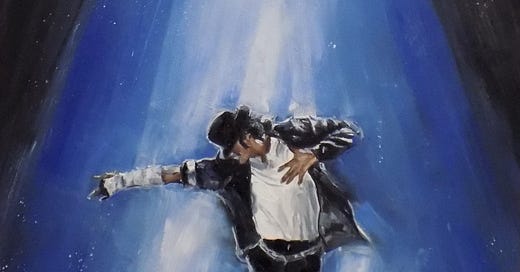



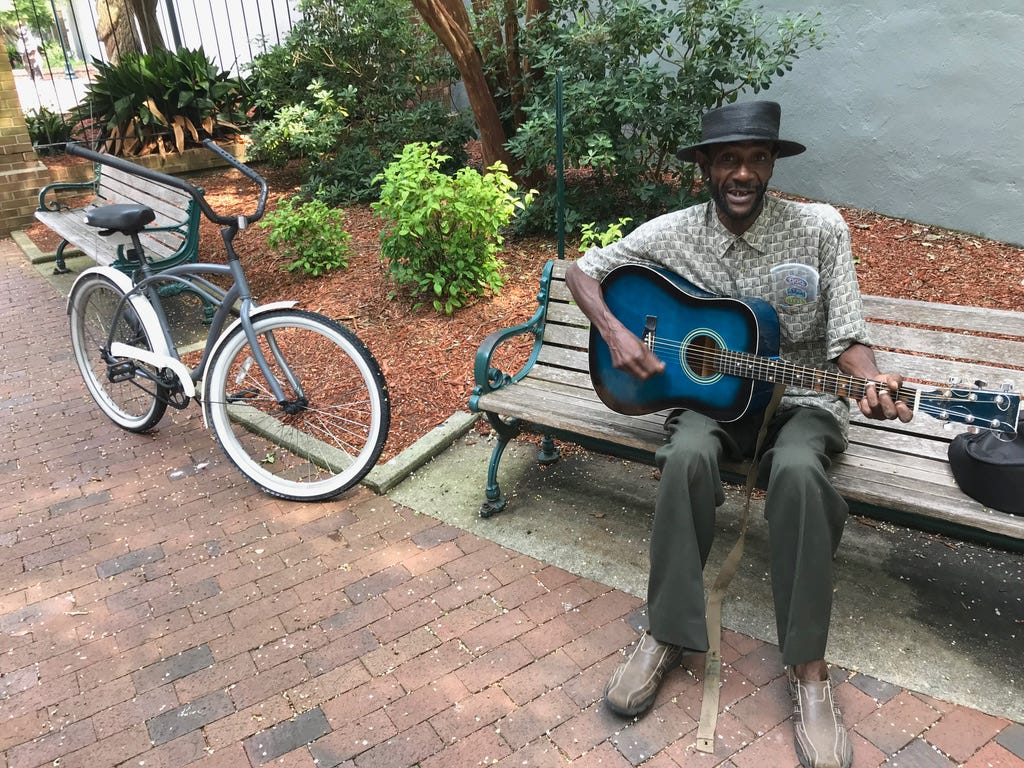
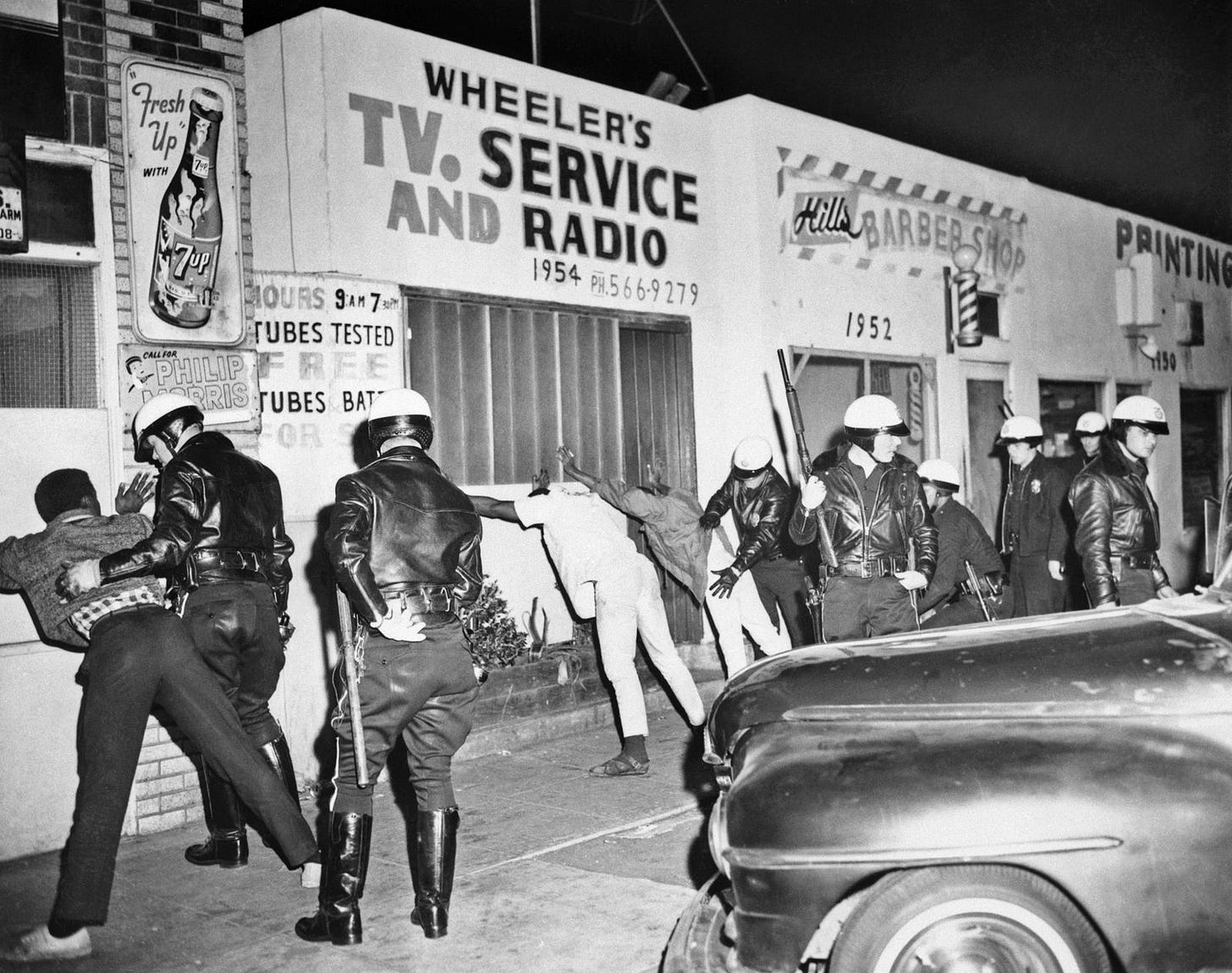
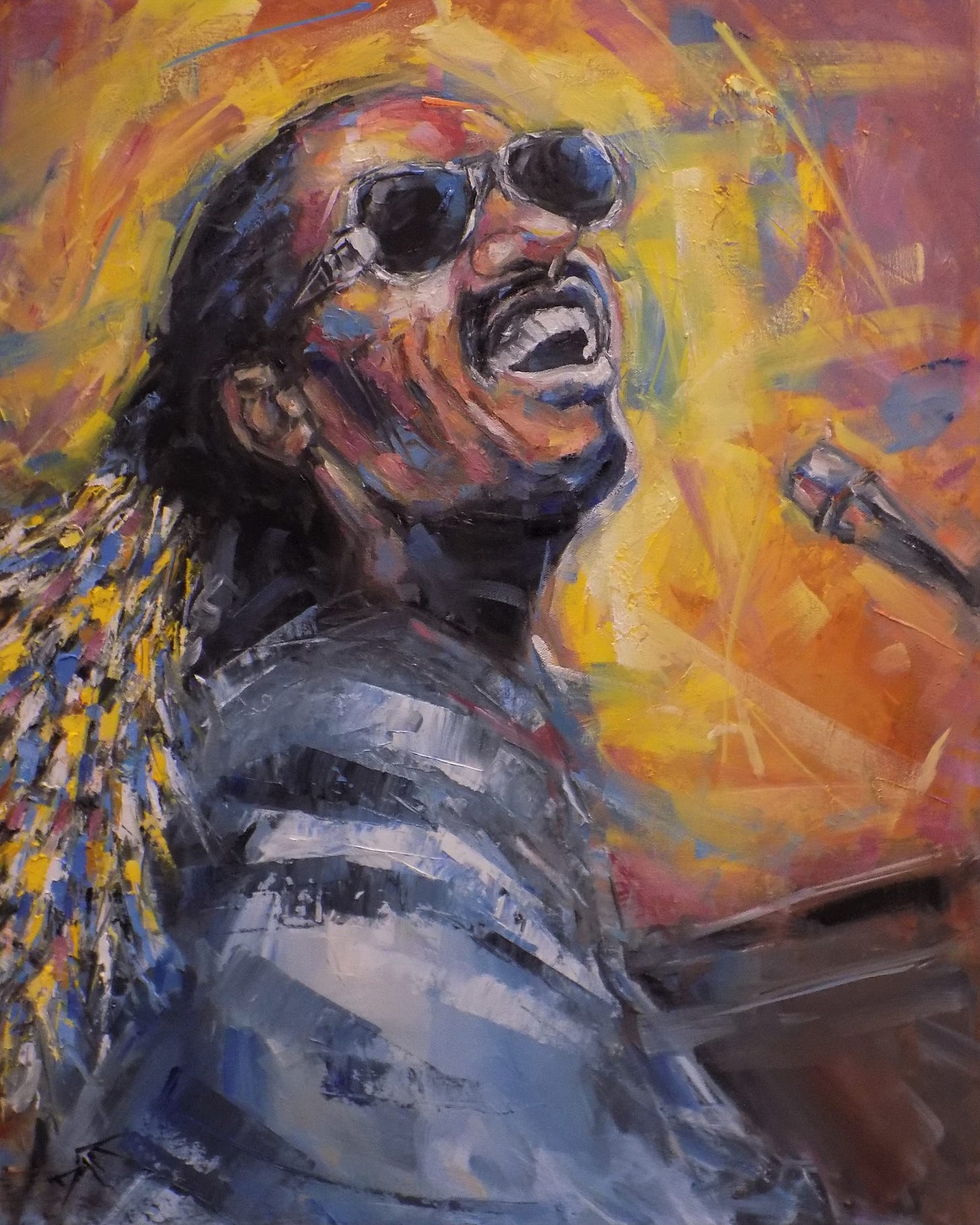
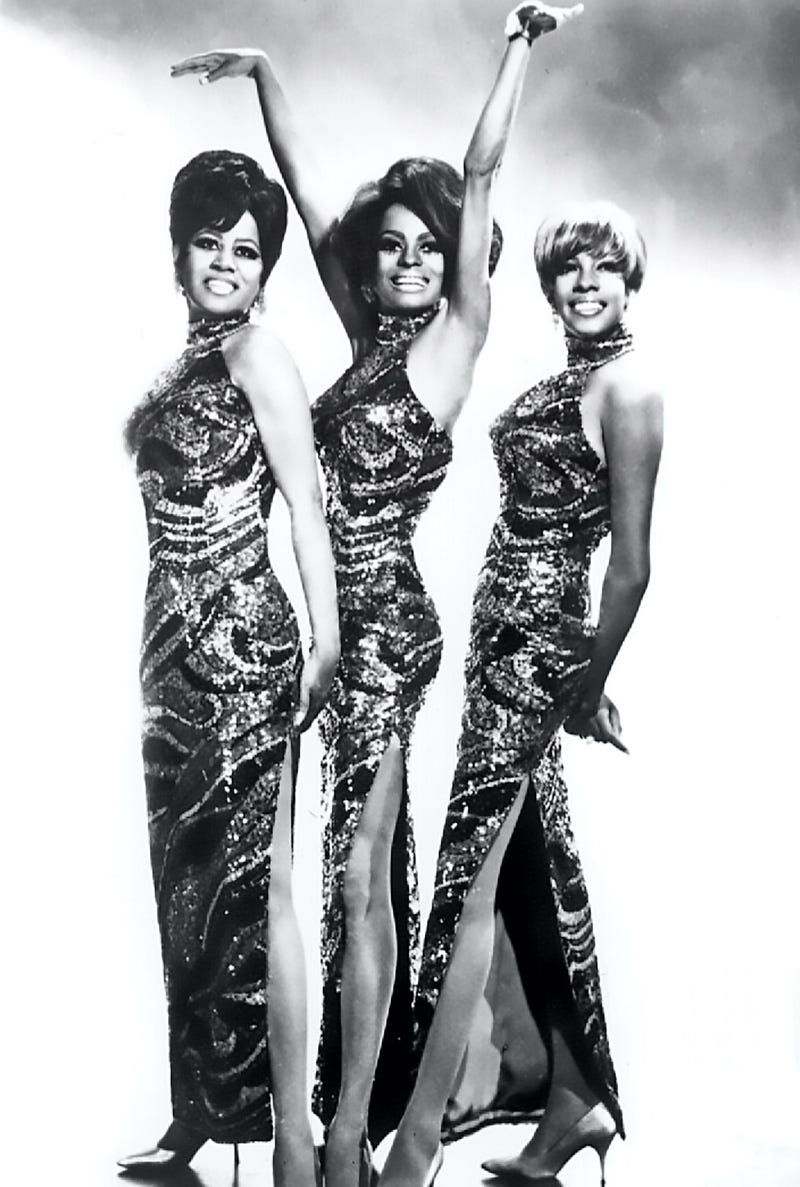

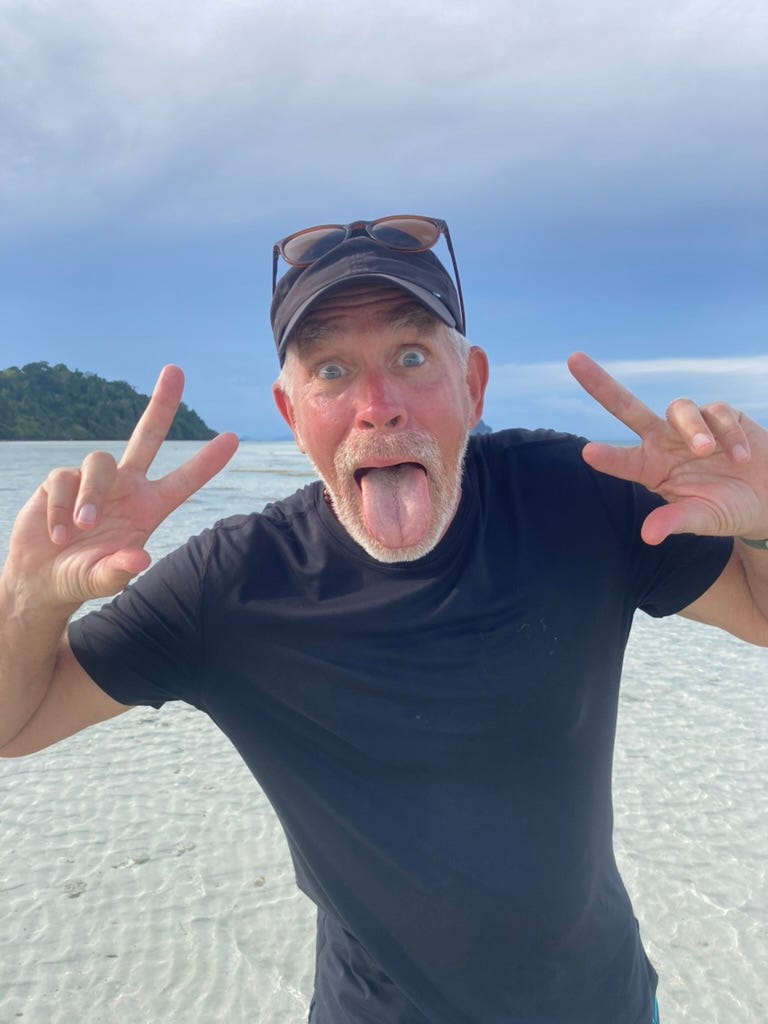



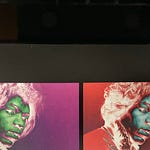
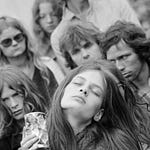



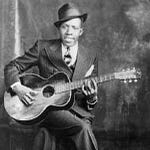
Share this post